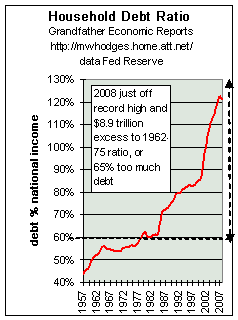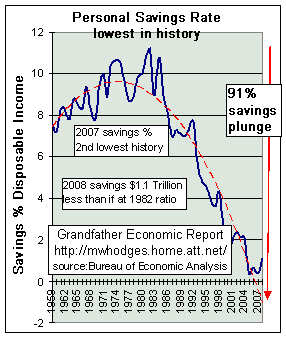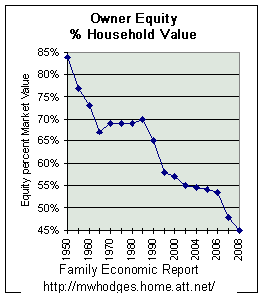Vacation Turns Into Financial Nightmare
Anyone who has vacationed to a tropical resort cannot be blamed for thinking how great it would be to own a piece of paradise. Those who succumbed to the charms of the omnipresent time share salesmen may now be having deep second thoughts. Consider the plight of the time share industry:
Major time-share developers, led by Wyndham Worldwide Inc., Marriott International Inc., Starwood Hotels & Resorts Inc. and others, are scaling back their time-share business as investors in time-share loans demand higher interest rates, buyers become more scarce and resales of time shares put downward pressure on prices and demand for new units.
The pullback will reshape some large time-share players. Wyndham, which owns 150 resorts globally and counts 830,000 time-share owners, intends to whittle its time-share business by 40% this year to an annual sales rate of $1.2 billion. That is a big reduction for Wyndham as a whole; its time-share division provided 53% of Wyndham’s revenue last year and 42% of earnings before interest, taxes, depreciation and amortization.
Meanwhile, sales of new time shares have been depressed by a rise in the pool of time shares listed for resale as the foundering economy forces some owners to try to unload their time-share debts and maintenance fees. Carrie Stinchcomb, a sales associate at A Time-share Broker in Orlando, said her office’s listings have increased 30% from last year. However, sales have fallen roughly by half because there are fewer buyers, she said.
Delinquencies on securities backed by time-share loans topped 5% in the first quarter, up from 3% a year earlier, according to Fitch. Starwood, which operates 26 time-share resorts, reported an estimated average default rate of 7.9% at the end of last year on time-share loans it originated.
The hurt that time share developers are feeling may be nothing compared to the plight of those who actually “invested” in time shares. As an “investment class”, the only apparent rationale for purchasing a time share seemed to be easy financing and the belief that resale prices would increase relentlessly. Now that values are plunging investors are reflecting on the negative side of time share ownership – huge upfront sales commissions, increased yearly maintenance fees, cost of traveling to the timeshare and the cost and complexity of unloading a timeshare in the secondary market.
The default rates on time shares may rise much higher as owners come to grips with the massive price declines that have occurred in time share values. Many owners may not yet realize the extent to which the value of their investment has declined. Time shares can often be found on EBay for literally a couple of dollars – eager sellers simply want to dump a unit that carries high yearly maintenance fees.
Here’s a Maui bargain at the Westin in Kaanapali:
STAROPTIONS Westin Kaanapali MAUI Hawaii TIME…
If you prefer Mexico, here’s another bargain at 92% off the original price.
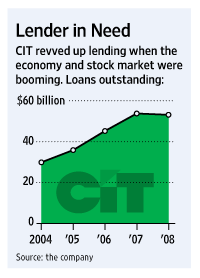
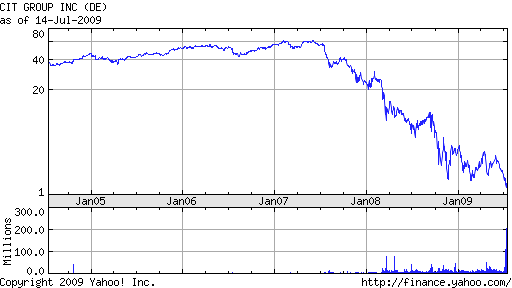

 Hard Times Bring Back Thrift
Hard Times Bring Back Thrift